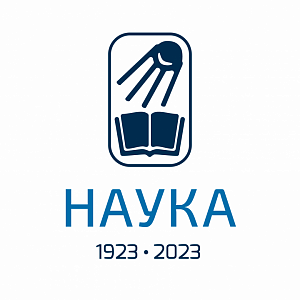Article
Plasma Investigations
2012. V. 50. № 6. P. 687–693
Bronin S.Ya., Emelianov A.V., Eremin A.V., Khrapak A.G.
The effect of chlorine atoms on the charging kinetics of carbon nanoparticles forming in shock-heated plasma
Annotation
This work continues the study on the charging kinetics of soot during the formation of carbon nanoparticles in hydrogen-free systems upon the pyrolysis of carbon-containing materials behind shock waves. The experimental results and results of computer simulation of electrical charging of the carbon nanoparticles formed during the pyrolysis of $\mathrm{CCl_4}$ behind the shock waves are given. It is shown that the natural impurity of sodium atoms amounting to $10^{12}$–$10^{13}$ cm$^{-3}$ are the main source of free electrons. It is established that the time required for relaxation of the charge distribution in the gas-nanoparticle system at $15$–$30$ bar decreases from $400$ to $100$ $\mu$s in a $0.5\%\mathrm{CCl_4+Ar}$ mixture with increasing the equilibrium temperature from $2000$ to $3600$ K and from $350$ to $50$ $\mu$s in a $5\%\mathrm{CCl_4+Ar}$ mixture with increasing the equilibrium temperature from $1500$ to $2500$ K. The equilibrium concentration of free electrons in the presence of the nanoparticles in the system decreases by one to two orders of magnitude compared to that in the system without nanoparticles. The presence of chlorine atoms in the mixture leads to a considerable decrease in the concentration of electrons in the gas-nanoparticle system and to a decrease in the concentration of charged nanoparticles. The electron kinetics in the mixtures under consideration is characterized by a high (as compared with sodium) concentration of chlorine atoms having a larger electron affinity.
Article reference:
Bronin S.Ya., Emelianov A.V., Eremin A.V., Khrapak A.G. The effect of chlorine atoms on the charging kinetics of carbon nanoparticles forming in shock-heated plasma, High Temp., 2012. V. 50. № 6. P. 687
Bronin S.Ya., Emelianov A.V., Eremin A.V., Khrapak A.G. The effect of chlorine atoms on the charging kinetics of carbon nanoparticles forming in shock-heated plasma, High Temp., 2012. V. 50. № 6. P. 687







